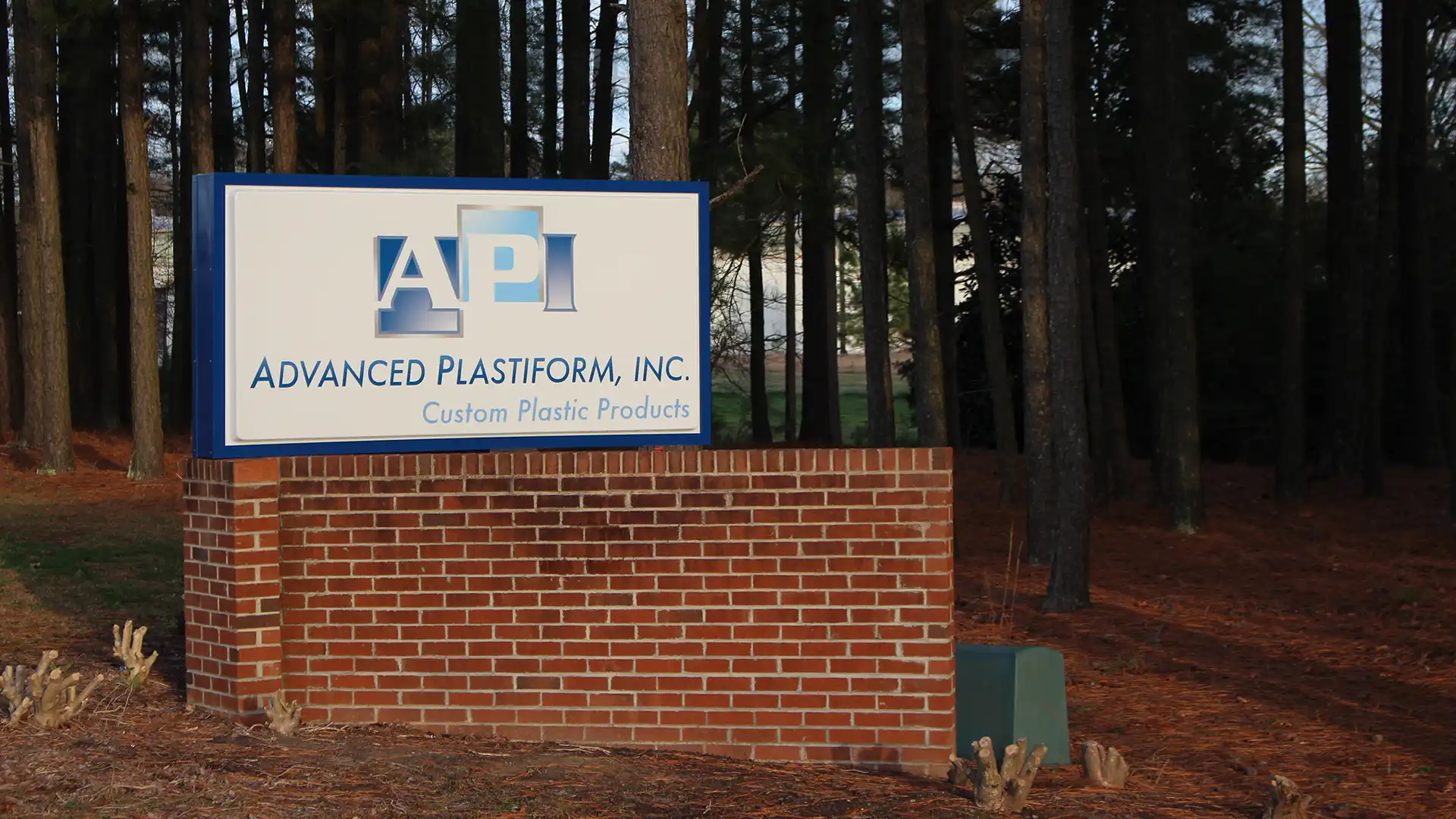When you think of the latest innovations and updates in health care and medicine, you’re…
So often in medical innovation, brilliant ideas are put on hold due to the inability to find the right materials to transform an idea into its physical form. Fortunately, plastics are so highly customizable and versatile, they make it possible for these medical innovations to go into development. In 2021 alone, these three medical breakthroughs are saving lives due to plastics.
Smartphone Connected Pacemakers
Pacemakers are small devices used to control the heartbeat and detect whether it's beating too slowly or out of rhythm. If it senses an issue, it sends an electrical impulse to bring the heartbeat back into alignment. For decades, people who had pacemakers had a small console that could transmit data from the pacemaker to the user's healthcare provider. The problem was that many patients didn't understand or adhere to remote monitoring, meaning both they and their physician didn't have vital insight into their health and pacemaker activity.
This year, a Bluetooth-enabled pacemaker has made it easy for patients to not only better understand and gain insight into their health, but it's streamlining how doctors receive information. The patient simply downloads an app and sends the data from the pacemaker to their physician.
Improving Lung Function for Premature Babies
Premature babies often struggle with underdeveloped lungs and require care for infant respiratory distress syndrome. Traditionally, babies with IRDS were placed on mechanical ventilation and, as a side effect, were administered a surfactant while the machine aided in breathing. While it was necessary, it often caused long-term lung injuries and could lead to chronic lung disease.
In 2021, a Bubble CPAP machine was developed that can replace the need for mechanical ventilation. Using continuous positive airway pressure in an oscillating format is a non-invasive way to safely help premature babies maintain lung volume as they exhale. This non-invasive method minimizes physical lung damage and stimulates lung development.
In order to fit frail premature babies, special polymers are formed to ensure they are lightweight and flexible enough to provide the needed airflow.
3d Printed Human Heart
While this is still years away from regular use, the end of 2020 saw the development of the first full-size 3D printed human heart model. Researchers used a specially developed printer that was able to use biomaterials, including collagen and fatty tissue to construct a realistic, full-size model of a human heart.
Even though a natural heart can't be used in transplants, it offers scientists and doctors the opportunity to see how the heart will react to certain stimuli or surgical procedures in a way that is more accurate than working with plastic or rubber. This innovation wouldn't have been possible without the plastics used in 3d printing. Before biomaterials were used, plastics were necessary to create accurate, customized prototypes of the heart.
Contact Us for Medical Thermoforming and Injection Molding
From everyday medical supplies like IV bags and tubes to cutting-edge innovations like CPAP machines for premature babies, plastics are key to making them happen. When you need custom plastic products, parts, or components, contact us for medical thermoforming and medical injection molding. Our experienced team ensures accuracy to your designs and strict adherence to regulations, as well as low per-unit prices and quick turnaround times. We work with companies throughout the Mid-Atlantic and Southeast, including North Carolina, South Carolina, Pennsylvania, Maryland, Tennessee, Georgia, and Virginia.

